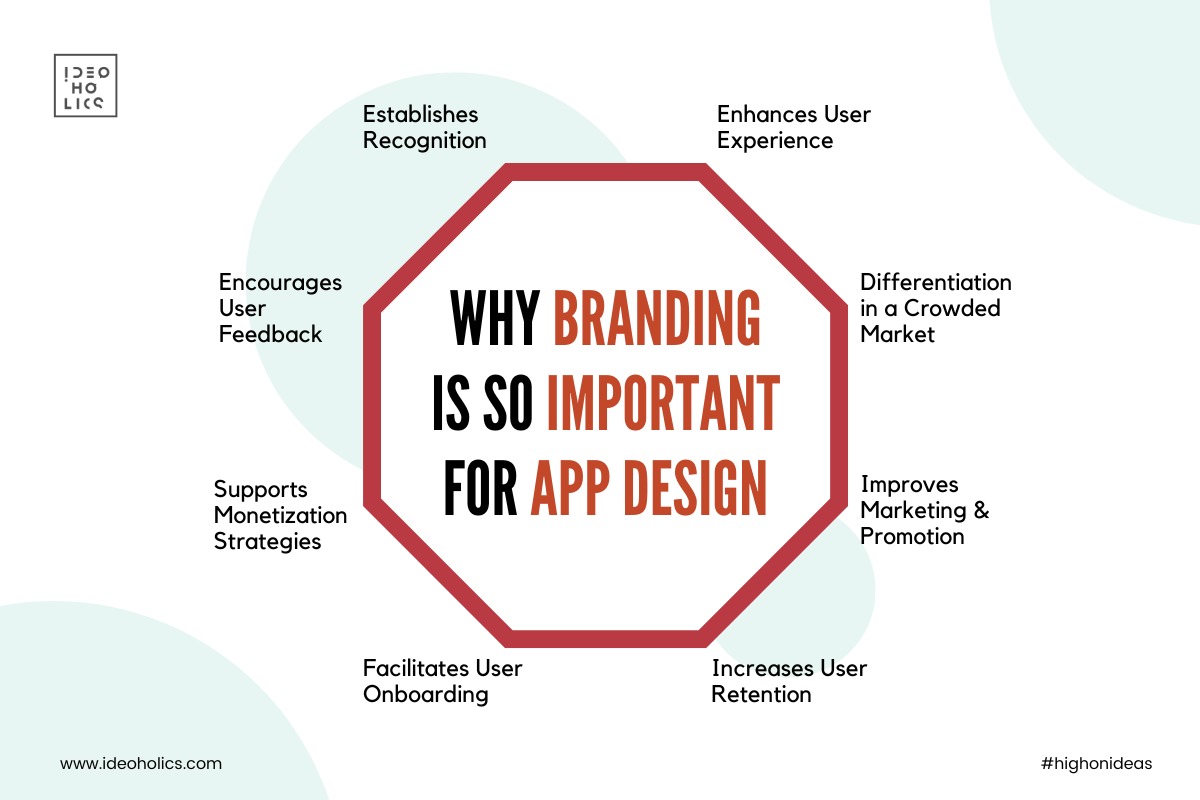
How to Measure Your Brand Perception – A Guide to Understanding Your Brands Impact
Your brand is more than just a logo, a product, or a service—it’s the perception people have of your company, which is shaped by their experiences, interactions, and emotions. Understanding how your brand is perceived is essential for growth, as it influences customer loyalty, purchasing decisions, and overall market position.
But how do you measure something as intangible as perception? It’s not always as straightforward as looking at sales numbers or website traffic. In this blog, we’ll explore the most effective ways to measure brand perception, and how to use these insights to refine and improve your brand strategy.
1. Conduct Brand Awareness Surveys
One of the most direct ways to measure how your brand is perceived is by asking your audience. Surveys can help gauge the level of brand awareness, customer sentiment, and emotional connection to your brand.
Here are a few questions you might consider asking in your survey:
• How familiar are you with our brand?
• What adjectives would you use to describe our brand?
• How likely are you to recommend our brand to others?
• When you think of our industry, what brands come to mind first?
• What stands out to you most about our brand?
Surveys can be distributed via email, social media, or embedded on your website. You can also use platforms like SurveyMonkey or Google Forms to gather responses. The key is to ensure that your questions are clear, concise, and specific enough to provide actionable insights.
2. Monitor Social Media Mentions and Sentiment
Social media has become a powerful tool for shaping and understanding brand perception. With platforms like Twitter, Instagram, Facebook, and LinkedIn, your audience is sharing their opinions, feedback, and experiences in real-time.
By monitoring brand mentions, you can gauge how often people talk about your brand and the context in which it’s discussed. Sentiment analysis tools like Brandwatch, Hootsuite, or Sprout Social can also help track whether the mentions are positive, neutral, or negative.
In addition to direct mentions, pay attention to the comments, likes, and shares your content receives. A positive reaction to your posts or campaigns can indicate that your brand is resonating well with your audience, while negative feedback could highlight areas for improvement.
3. Review Online Reviews and Ratings
Customer reviews are one of the most honest forms of feedback. People are often vocal about their experiences—good or bad—on platforms such as Google Reviews, Yelp, Trustpilot, and product-specific sites like Amazon or Etsy.
While you can’t control the opinions expressed in reviews, you can learn a lot by analyzing them. Look for recurring themes in both positive and negative reviews. Are customers mentioning your great customer service? Or do they feel let down by product quality or delivery times?
Use this feedback to understand customer pain points and to identify areas where your brand might be falling short of expectations.
4. Analyze Customer Retention and Loyalty
Brand perception isn’t only shaped by new customers—it’s also influenced by how existing customers feel about your brand. High customer retention rates typically indicate a positive perception, as customers are more likely to continue doing business with brands they trust and feel loyal to.
To measure customer loyalty, track metrics like:
• Repeat purchase rates
• Length of customer relationships
• Subscription renewals (if applicable)
• Customer churn rates
Loyalty programs, referral incentives, or rewards for repeat business are often linked to improved brand perception, as they make customers feel valued and appreciated.
5. Use Net Promoter Score (NPS)
Net Promoter Score (NPS) is a widely used metric that measures customer loyalty and satisfaction. It’s based on a single, simple question:
“On a scale of 0-10, how likely are you to recommend our brand to a friend or colleague?”
Customers who rate you 9 or 10 are considered “Promoters” (enthusiastic supporters), while those who rate you 0-6 are “Detractors” (unsatisfied customers). Those who rate you 7-8 are considered “Passives” and are neutral.
To calculate your NPS, subtract the percentage of Detractors from the percentage of Promoters. A high NPS indicates that your brand is viewed positively and has a strong reputation, while a low NPS may suggest areas for improvement.
6. Assess Brand Affinity and Emotional Connection
Brand affinity refers to the strength of the emotional connection people feel toward your brand. To measure this, consider conducting qualitative research, such as focus groups or in-depth interviews, to understand how customers emotionally engage with your brand.
Key questions to explore include:
• Do customers feel a personal connection to your brand?
• How do customers describe their relationship with your brand compared to competitors?
• What emotions does your brand evoke (e.g., trust, excitement, security)?
Brand affinity is a powerful indicator of how your audience perceives your brand, as emotionally engaged customers are more likely to become loyal advocates.
7. Track Share of Voice (SOV)
Share of voice (SOV) measures how much your brand is talked about relative to your competitors. It can be a useful way to assess how you stack up in the marketplace and how well your brand is resonating compared to others in your industry.
SOV can be calculated through social media mentions, press coverage, advertising spend, and overall brand visibility. If your brand has a significant share of voice, it suggests that your perception is strong and that you’re dominating conversations in your market.
8. Analyze Website Analytics
Your website can be a wealth of information about how customers perceive your brand. If people are spending time on your site, exploring multiple pages, and returning for repeat visits, it indicates that they find your brand engaging and valuable.
Key metrics to monitor include:
• Bounce rate (high bounce rates may indicate an issue with your brand’s appeal or website experience)
• Average time on page
• Pages per session
• Conversion rates (how well your website is turning visitors into leads or sales)
A well-performing website indicates that your digital presence aligns with the way people perceive your brand.
Conclusion: Using Brand Perception to Drive Growth
Understanding your brand perception is critical to adapting your marketing, improving customer satisfaction, and ensuring long-term success. By using a combination of surveys, social media monitoring, customer feedback, and key performance indicators (KPIs), you can get a comprehensive view of how your audience perceives your brand.
The next step is to take action based on these insights. If your brand perception is positive, nurture it by continuing to deliver exceptional experiences. If it’s not where you want it to be, use the feedback to make strategic improvements, whether that’s through rebranding, better communication, or refining your customer service approach.
Ultimately, a well-informed understanding of brand perception enables you to strengthen your relationship with customers, stand out from the competition, and drive sustainable growth.





